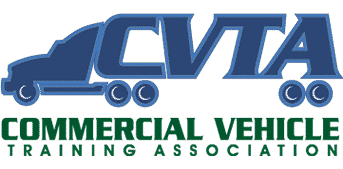The trucking industry is subject to a variety of regulations that are intended to help protect truckers and others on the road. Your commercial driver’s license (CDL) training will cover topics related to these regulations and you’ll be expected to know and follow them during your career.
One such requirement is the cap on hours of service (HOS), which includes limits for driving time and on-duty time. In order to track HOS and ensure compliance, most truck drivers will need to use electronic logging devices (ELDs). It’s important that you understand how these devices work and why they are necessary.
Who Needs to Use ELDs?
The Federal Motor Carrier Safety Administration (FMCSA) began enforcing an ELD mandate on February 16, 2016. Since this date, commercial vehicle operators within the United States have needed to use ELDs to track HOS, with some exemptions.
Exempted drivers include:
- Those driving below a certain distance (short-haul drivers)
- Those operating a vehicle that has a model year older than 2000
- Drivers who only keep logs for eight days within a period of 30 days
- Livestock, agricultural, and farm vehicles
- Tow-away/drive-away operations in which the commodity being delivered is the commercial vehicle that is being driven
Unless your driving job falls under one of these categories, you’ll need to use an ELD. Most truckers will need to use one of these devices at some point during their career.
How Do ELDs Work?
Specific models of ELDs may have some differences in operation, but they all work in more or less the same way, and the FMCSA mandates minimum requirements for their functionality.
An ELD plugs into a port under a commercial vehicle’s dashboard and syncs with the engine. It will automatically record any driving time and will also track the number of miles driven. Truckers will also need to use the system to log on-duty time when they are not driving as well as off-duty time.
Inspecting ELD Records
If a driver is stopped by a law enforcement officer or undergoes a Department of Transportation (DOT) inspection, the ELD records can be electronically transferred for review. This makes it easy to check for HOS violations compared to having to go over paper logs, and it also prevents falsification.
As a driver, you will need to know and follow HOS regulations in order to avoid violations related to your driving time and your electronic logs.
High-Quality Truck Driver Training
At Phoenix Truck Driving Institute, we cover a variety of topics related to commercial truck driving, including understanding how to use an ELD and track your HOS. We give you the skills and knowledge you need to succeed as a trucker. Our program can help you earn your CDL in as little as four weeks.





